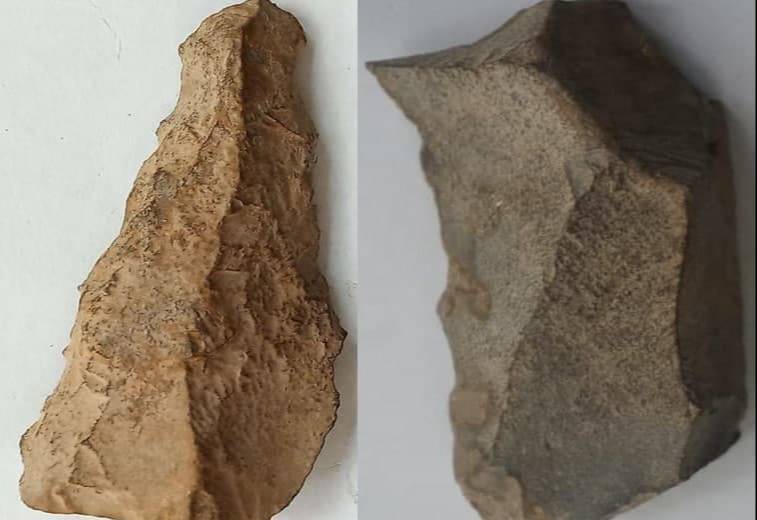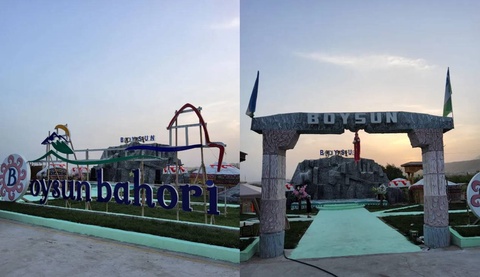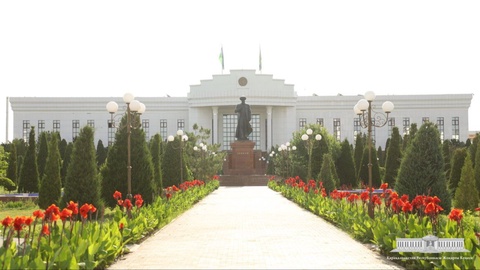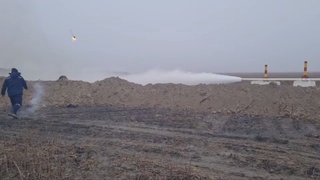In the inner part of Kohitang Mountain there are many narrow gorges in which, as a result of geological processes, many caves were formed and the remains of ungulates were found. The ancestors of primitive man used one of these gorges as a seasonal shelter.
According to preliminary observations, the monument was erected on the surface of the earth with numerous stone passages, fragments and slabs. To clarify the status of the cultural layers of the monument, a pit measuring 1x2 meters was excavated. Excavation work was stopped on rock formations at a depth of 0.5 meters above ground level. As a result of excavations, it turned out that the monument consists of one cultural layer. The cultural layer was covered with ashes and burnt remains consisting of dark fine clay, in which a large number of stone fragments and bones of wild animals were also found.
This monument is significant for its chronological and cultural similarity with the monument from Teshik-tash, which was found earlier in the area. The stone fragments found on the monument belong to the Middle Paleolithic period, the stone processing technique and stone fragments culturally exactly repeat the traditions of the monument from Teshik-tash.
Scientists of the Academy of Sciences plan to continue research work at this facility.













